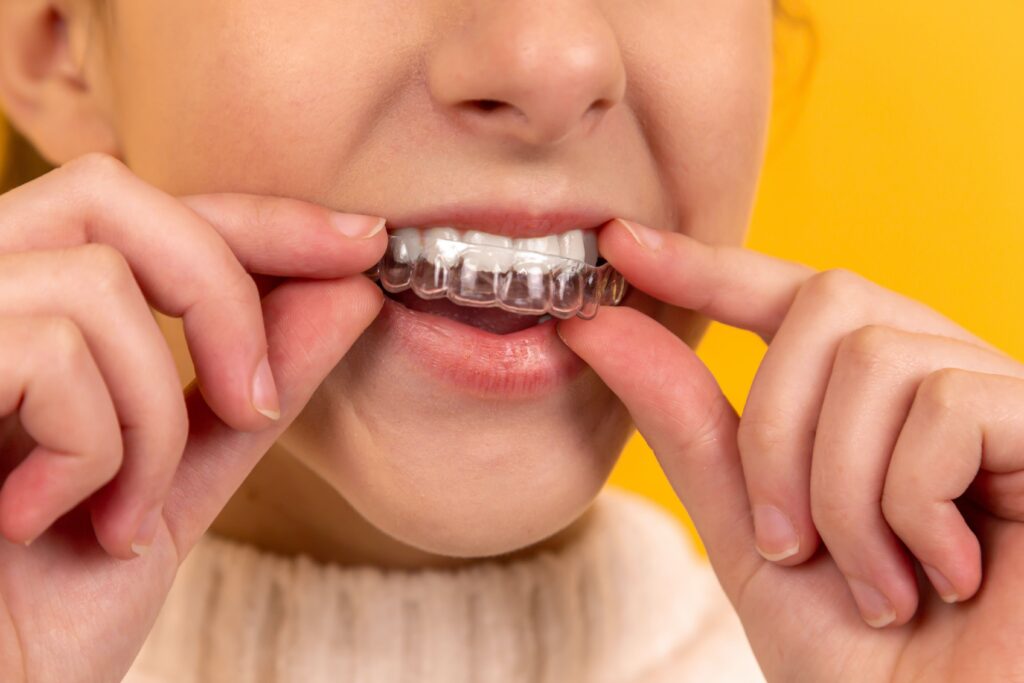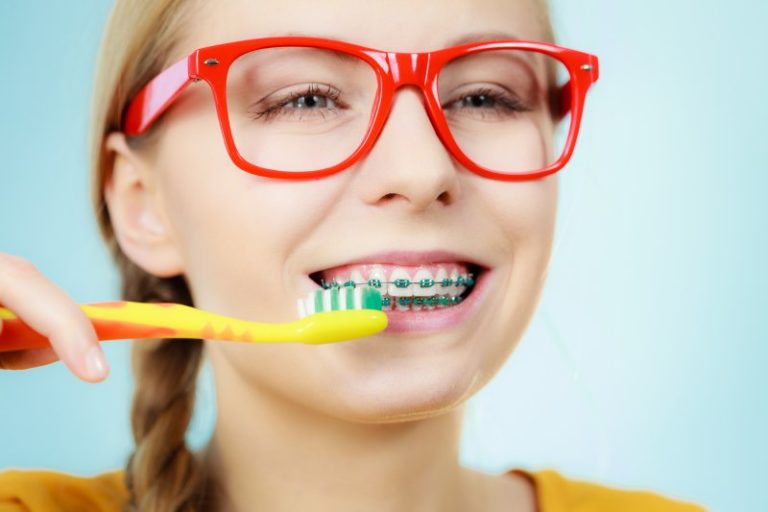 If you’ve seen advertisements or considered programs where you can straighten your teeth by buying clear aligners on-line or through the mail, think again. The American Association of Orthodontists ("AAO") recently issued a consumer alert for direct-to-consumer orthodontics and has raised serious concerns about this service because there are over 1000 customer complaints and consumer horror stories on the Better Business Bureau's website for SmileDirectClub and other companies that sell options to straighten teeth by ordering clear aligners through the mail.
If you’ve seen advertisements or considered programs where you can straighten your teeth by buying clear aligners on-line or through the mail, think again. The American Association of Orthodontists ("AAO") recently issued a consumer alert for direct-to-consumer orthodontics and has raised serious concerns about this service because there are over 1000 customer complaints and consumer horror stories on the Better Business Bureau's website for SmileDirectClub and other companies that sell options to straighten teeth by ordering clear aligners through the mail.
Consumers are often lured into these programs by the lower cost or convenience, but unfortunately, they don’t often understand how it works and they are unaware that there is no oversight by an orthodontist. In fact, unless you live in an urban area where you can go in and have a tech provide a scan of your teeth, you will most likely take your own impressions of your teeth with a putty at home. Once you do that and mail it in, they ship you a set of plastic trays that you wear to align your teeth.
There are several problems with this model:
- There is no dental assessment to see if you are a good candidate for clear aligners to straighten the teeth. Some individuals with more complex issues need metal braces to achieve a well-aligned bite and a healthy smile
- There is no exam to assess dental, periodontal, jaw or joint health to determine if you will do well with the treatment. Additionally, there is no oversight of changes that may occur over the course of treatment.
- There is no tracking or monitoring of progress or the movement of the teeth, which means there is not an opportunity to make needed adjustments along the way.
- When the treatment time is up and you have cycled through all the sets of aligners, that’s the result you get, and it is a result that many people are unhappy with.
While people are often unhappy with the end result because their teeth are not straight or they didn’t achieve the result that they had hoped for, it’s important to note that the consequences can be even more serious. When you are moving teeth, if not done correctly, it can lead to potentially irreversible and expensive damage such as tooth and gum loss or a misaligned bite.
Who is the right candidate for straightening teeth with clear aligners?
When people want straight teeth one of the first things that an orthodontist will do, beyond a dental health assessment, is to determine the best method or technique to use to straighten the teeth. Clear aligners, such as Invisalign, are not always the right option for every person. An underbite or overbite, jaw or joint pain, uneven tooth wear or a misaligned bite are all signs that metal braces may be needed to achieve an optimal result. These individuals with more complex cases or bite-related problems would not be ideal candidates for clear aligners. Orthodontists would instead recommend regular metal braces, because they can be more aggressive with the treatment, predict the outcome more accurately and achieve a more optimal result.
The right candidate for clear aligners is often someone in their thirties, fourties or fifties who had braces when they were younger and may have had some movement in their teeth. Sometimes this is because they didn’t wear their retainer or as they have aged the jaw has changed shape which has caused some aesthetic shifting. Clear aligners are ideal for these patients who have a good bite and generally well-aligned teeth.
Benefits of seeing an orthodontist
If you want to achieve the best result, you best see an orthodontist. Orthodontists attend dental school and then complete another three years of training beyond that specifically in orthodontics, facial development and the biomechanics of the jaw. They are uniquely qualified and dedicated to getting the best possible outcome. When seeing an orthodontist you can expect:
- That you will have a complete and thorough oral health assessment to determine if you are a good candidate for orthodontic treatment and identify any underlying periodontal concerns.
- To form a relationship with your doctor and create mutually agreed upon goals for straightening your teeth.
- You will receive the right kind of braces for your individual treatment plan – sometimes that is clear aligners, other times it may be metal braces, or some combination of both.
- Your progress will be monitored every step of the way. The doctor will monitor your teeth to ensure they are tracking with the digital treatment plan and a 3D model of what the teeth are supposed to look like at each stage of the process. As they compare the teeth in the mouth and the bite to that digital model, they make necessary adjustments, because sometimes additional techniques or modifications in the treatment plan are needed to achieve the optimal result.
Keep in mind that even though some cosmetic dentists now offer clear aligners, they still do not have the additional years of specific orthodontic training that is critical for treating complex cases and achieving superior results. An orthodontist is not just focused on the aesthetic look of the smile, but rather the underlying health of the jaw, the bite and the alignment. It’s proper alignment that helps to maintain a healthy jaw and avoid problems with sore joints and chipped or broken teeth from uneven wear you age. The truth is, good orthodontic care keeps you mouth not only looking great, but feeling great for a lifetime!

 If you’ve seen advertisements or considered programs where you can straighten your teeth by buying clear aligners on-line or through the mail, think again. The American Association of Orthodontists ("AAO") recently issued a consumer alert for direct-to-consumer orthodontics and has raised serious concerns about this service because there are over 1000 customer complaints and consumer horror stories on the Better Business Bureau's website for SmileDirectClub and other companies that sell options to straighten teeth by ordering clear aligners through the mail.
If you’ve seen advertisements or considered programs where you can straighten your teeth by buying clear aligners on-line or through the mail, think again. The American Association of Orthodontists ("AAO") recently issued a consumer alert for direct-to-consumer orthodontics and has raised serious concerns about this service because there are over 1000 customer complaints and consumer horror stories on the Better Business Bureau's website for SmileDirectClub and other companies that sell options to straighten teeth by ordering clear aligners through the mail.